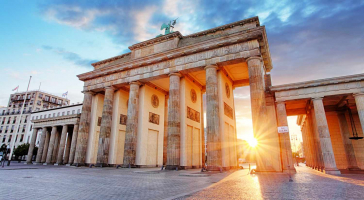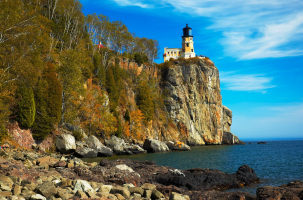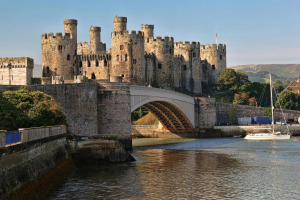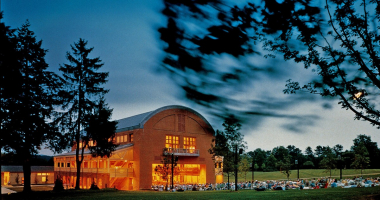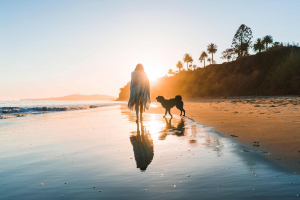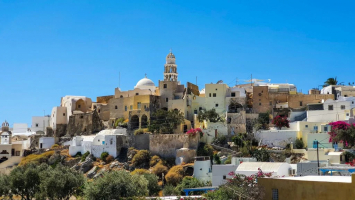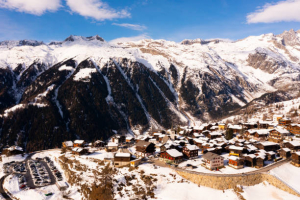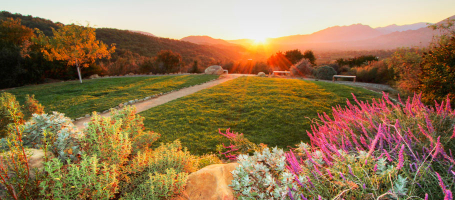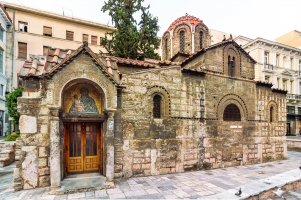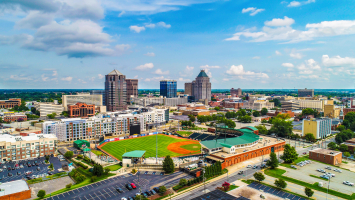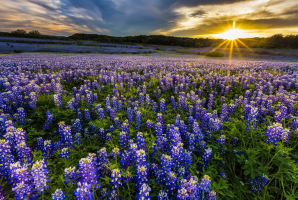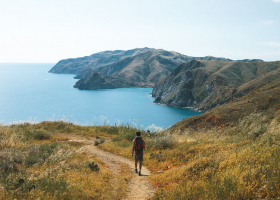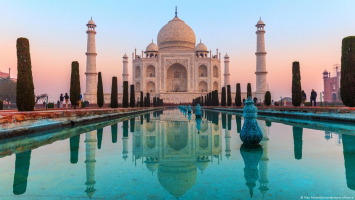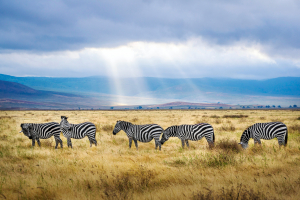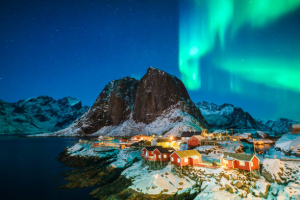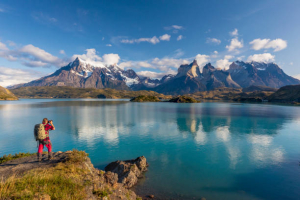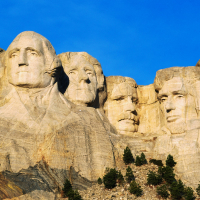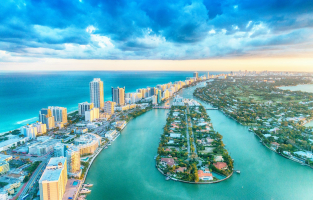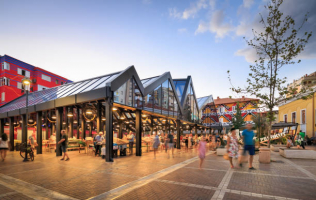Top 11 Best Things to Do in Panama
Panama is a coastal country located on the Caribbean Sea and the Pacific Ocean. This colorful resort, dubbed the Melting Pot, is a melting pot of many ... read more...cultures, with numerous awe-inspiring and unique things to visit. It has beautiful beaches, picturesque hiking paths, majestic ancient sites, and breathtaking natural and architectural treasures. Prepare to be blown away by activities like as exhilarating water sports, experiencing its vibrant towns, sightseeing, sampling diverse mouth-watering native foods, and much more. Here are the best things to do in Panama that you should try.
-
If Panama City's thriving, high-rise Banking District is its economic motor, Casco Viejo, its urbane section, is its spiritual heart. Its brick-paved streets give the impression that time has shifted, and you've travelled back in time to a simpler time when details were more intriguing. Casco's Spanish architecture, with its vivid colors, wrought iron, and prominent arches, has a friendly aspect that matches the people who live here. There are so many stores and restaurants in Casco Viejo that you could spend two weeks there and never dine at the same spot again.
Casco Viejo, previously a defensive stronghold, was established in 1673 when the pirate Henry Morgan turned the original colony of Panama City (now Panama La Vieja) into an ignominious pile of rubble and ash. Casco Viejo, which fell into disrepair under the dictatorship of Manuel Noriega, is today one of Panama's most renowned and popular neighborhoods. Stroll through its maze of streets, where elegant plazas are home to stately houses, busy terraced cafés, ritzy art galleries, and a restaurant scene that would satisfy even the most discerning glutton. The district's protective walls have long been demolished, but its wealth of 16th and 17th century architecture survives.
Location: Casco Viejo, Panama
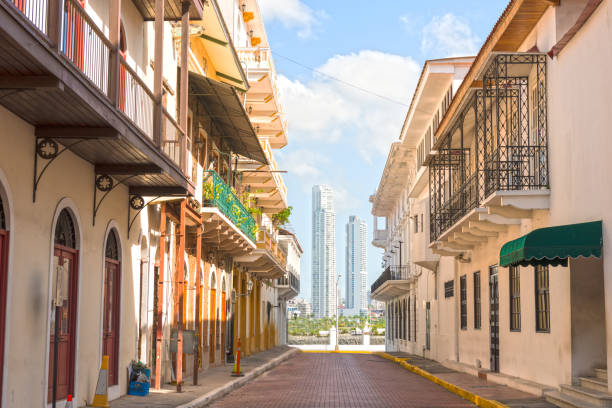
istockphoto 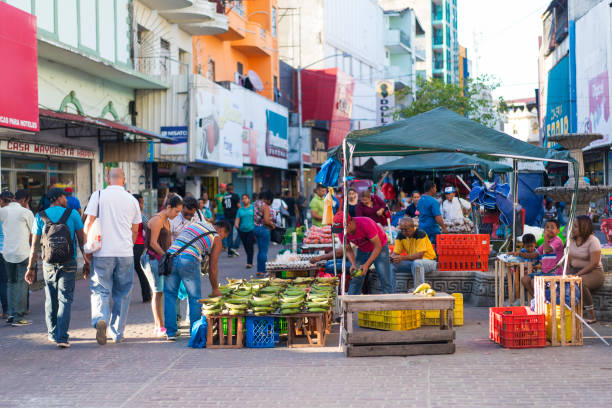
istockphoto -
The Panama Canal Railway is one of the world's best train journeys. Along with its fascinating history, the train travels a scenic route through the Panama Canal. The route skirts the Panama Canal, floating beside the Canal's locks, via the famous Gaillard Cut, and gliding over tiny causeways in Gatun Lake. It efficiently connects one of the world's least trafficked but most appealing tourism routes, connecting Colon on the Atlantic Coast to Panama on the Pacific.
Passengers disembarking at the Colon 2000 Cruise Terminal, the Gatun Yacht Club, or Pier 6 in Cristobal may take advantage of several shore excursions available in Panama and ride the historic train, much like our forebears did during the California Gold Rush. Passenger service between Panama City and Colon commenced in June 2001. The daily service caters to both corporate leaders travelling between the two cities and visitors in general. The 77 km (48 mile) railway, designed and sponsored by the United States, opened in 1855 to accommodate a cavalcade of 49ers on their journey to California. Today, the service leaves Panama City in the morning and returns to Colón in the afternoon. A word of caution: the city of Colón has a high crime rate; take cabs to famous nearby sights such as the Portobelo ruins on the Costa Arriba or the canal locks at Gatun or Agua Clara.
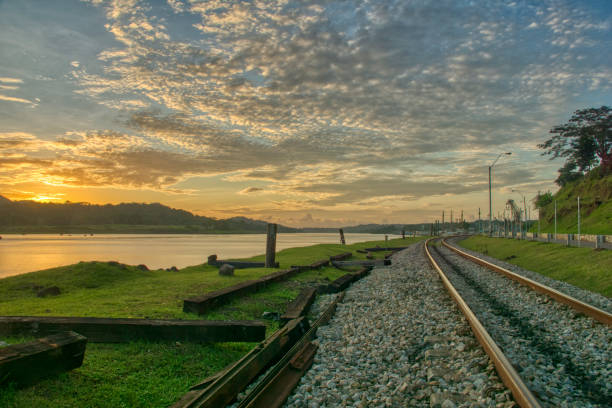
istockphoto 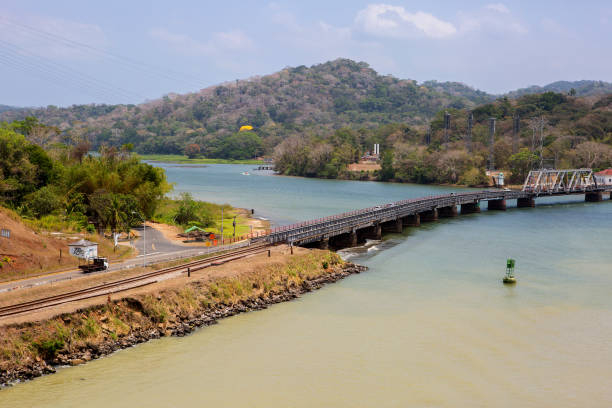
istockphoto -
The Panama Canal, an 80km (50 mile) international shipping waterway between the Pacific Ocean and the Caribbean Sea, epitomized the era of engineering. Unlike the Suez Canal, which is fully at sea level, the Panama Canal raises and lowers ships across the continental divide using a series of massive, mechanical locks. The canal is a must-see for first-time visitors to Panama, and there are various ways to get up up and personal with the excitement. Miraflores, located just outside of Panama City, is the most popular of the canal's locks, as it is dependable and simple to access.
On the Caribbean side, Gatn receives fewer tourists but has a larger three-step lock mechanism. However, if you want to view the canal at its finest, go to Agua Clara locks, which are also on the Caribbean side. The locks, which were completed in 2016, were meant to accommodate a new generation of massive container ships known as "Neo-Panamax" ships, which have double the capacity of prior boats.
One feature that distinguishes Panama from other countries is the existence of this technical marvel that was much ahead of its time. In reality, this structure has altered ship transportation not only in Panama, but around the world. The magnificent Panama Canal accomplished this with a Miraflores lock operation. Visitors from all around the world may take in the realistic spectacle of massive ships going through the locks.
Location: Isthmus of Panama
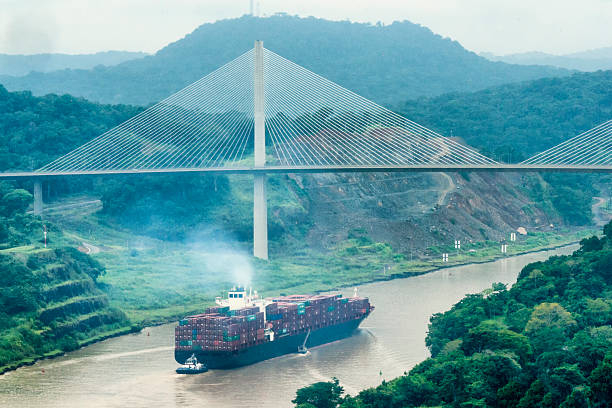
istockphoto 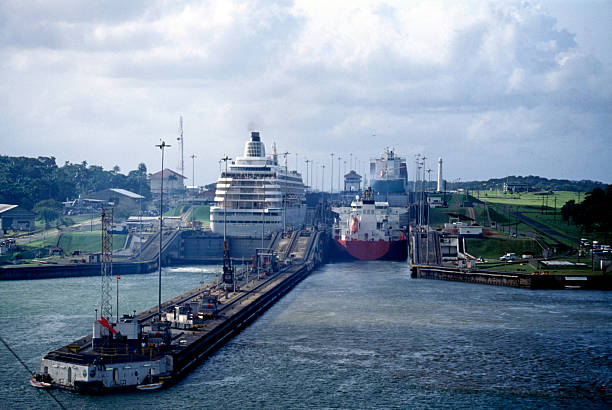
istockphoto -
Portobelo's impenetrable castle was once the Atlantic terminal of Spain's intercontinental supply networks. It is located in the middle of the Costa Arriba, a desolate Caribbean coastline east of Colón. Bars of plundering Peruvian gold flooded the customs house during the height of the Spanish colonial power. Like tremendous wealth attracted pirates such as Henry Morgan and Admiral Edward Vernon. Portobelo, steeped in languor and charm, is now a little fishing hamlet replete with rusty artifacts of a bygone period. The Afro-Panamanians, ancestors of Congolese people enslaved by the Spanish, are responsible for much of the town's character.
During two events, the town comes alive: the Festival del Cristo Negro and the Festival de Diablos y Congos. The Festival del Cristo Negro is celebrated in October and commemorates a 1.5-meter (5-foot) tall Black Christ. The statue is carried throughout town by pilgrims wearing thorn crowns and purple robes. Every two years, the Diablos y Congos event takes place. Through dances and diabolical costumes, the festival portrays the twin concepts of servitude and freedom. The custom may be traced back to slave trafficking, when Black people fled bondage and found refuge and, eventually, a community in the forest. It's a fantastic, colorful festival that attracts people from all across the region.
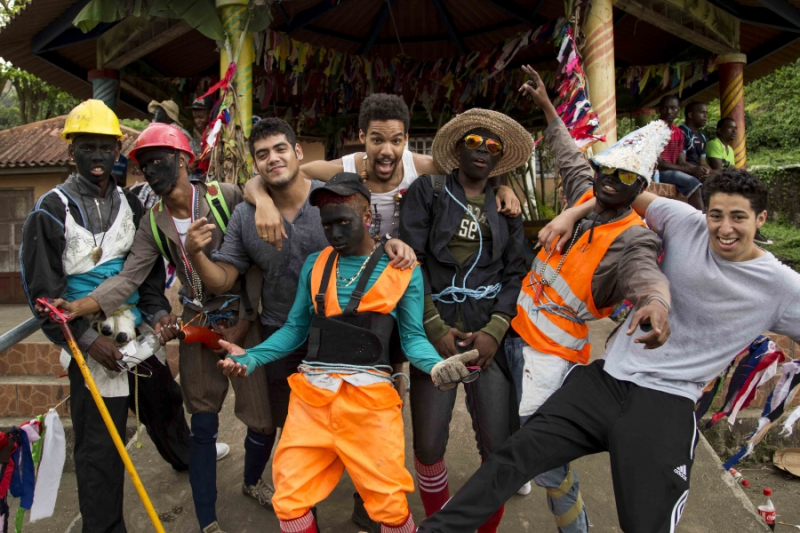
istockphoto 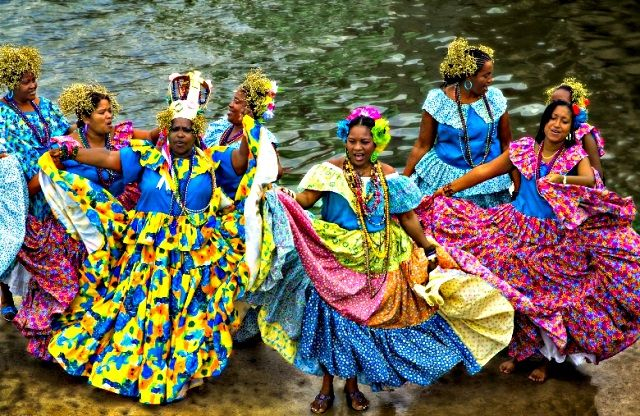
istockphoto -
Bocas del Toro is Panama's principal Caribbean beach attraction. This group of low-lying tropical islands near the Costa Rican border is recognized for its spectacular soft-sand beaches lapped by crystal-clear, azure-colored waves. The environment is quite laid-back, with many young visitors visiting the region and, in some cases, remaining for months or years. Surfing, swimming, diving, and simply relaxing on the beach are among the activities available at Bocas del Toro. Activities are often inexpensive.
Surfing the Bocas del Toro Islands is certainly a world-class experience. The Caribbean Sea has warm, beautiful blue-green water with swells that both seasoned veterans and beginners may enjoy. The major surfing season runs from December to March, when Northeast storms bring waves of 4 to 12 feet. But Lucky could be able to surf till May or June! From May through July, Bocas has a shorter wave season with clean waves ranging from 3 to 8 feet. The bulk of the breaks are on coral reefs or on beaches. Isla Colon, Isla Carenero, and Isla Bastimentos are the most accessible.
Boat charters may be a terrific method for experienced and daring surfers to travel a few hours to breakers that will provide you with the surf adventure of a lifetime. Many of these hidden sites provide terrific waves for you and your guests to enjoy. Local surf shops and boat captains can help you locate these uncrowded and uncommon oceanic treasures. Sully's surf and fishing excursions may hire one of the most experienced surf and fishing charters. He's been down here since 1993 and has pioneered several big wave, hidden places across the islands.
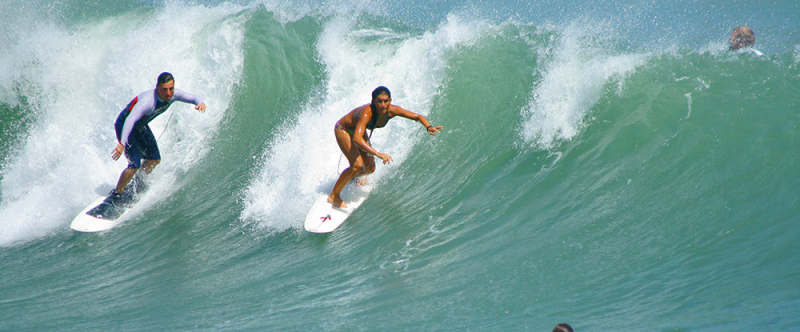
istockphoto 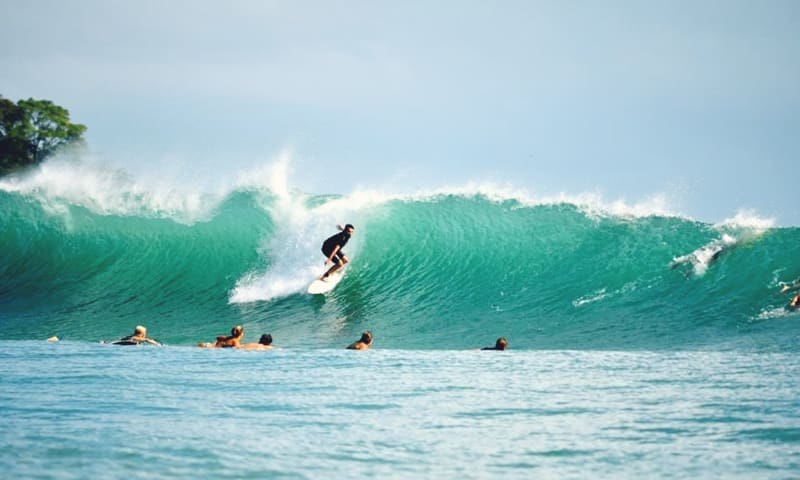
istockphoto -
The Sunset Coast is an unexplored area with small communities, vast open beaches, and a limited number of hotels and inns where you can get away from the tourist scene. It is one of the few areas in Panama where you can watch the sun set over the Pacific Ocean. It is bounded on the south by the Pacific Ocean, on the west by the Pacific and the Gulf of Montijo, and on the east by the Gulf of Panama. This is rural Panama, with undulating hills, little communities, family farms, and miles of palm-lined beaches. Foreign tourists are few in comparison to other parts of the country, and many visitors are Panamanian.
The drive from the Pan-American Highway to the Sunset Coast is curvy and has a few potholes to avoid, but each mile brings you further away from civilization. Surfers frequent this location as well. The wide-open beaches receive the brunt of the Pacific Ocean's waves, and sharing a wave is uncommon. This is the place to go if you want a beach to yourself.
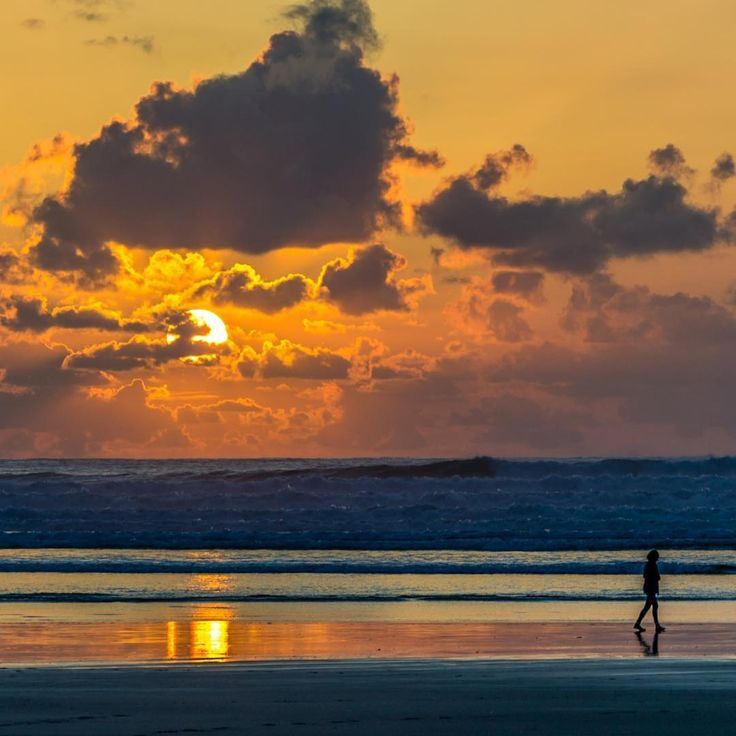
istockphoto 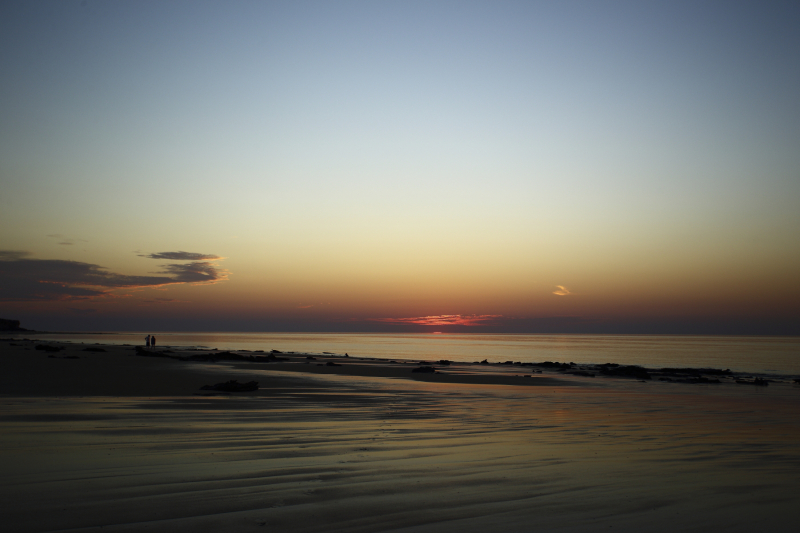
istockphoto -
The mountain town of Boquete has a fantastic climate and is a great place to get away from the often-oppressive heat of the coast and lower locations. The town is peaceful and safe, appealing to expats and people wishing to escape the winters in northern regions, as well as local Panamanians searching for a weekend break. The diversity of fine eateries, as well as a combination of quality hotels and luxury inns, contribute to the attraction of this area. It's also one of Panama's most significant coffee-growing regions, and it's well-known for its natural and biological attractions, notably hiking and birding.
A car is useful for traveling the surrounding mountains and reaching trailheads and neighboring places, although trips to the coffee farms may also be arranged. One of Panama's greatest short drives begins on the outskirts of Boquete. This 15-mile picturesque circle includes the main hiking routes, a magnificent river, an abandoned castle, and waterfalls. The route also offers breathtaking views of the valley and Volcan Baru's slopes. Finca Lerida Lodge, with an excellent restaurant, is located along the loop. It's also one of the greatest sites in the region to watch birds. This is an excellent place to stop for lunch and observe the nonstop hummingbird action.
Serious hikers can arrange to walk up Baru volcano with a guide, beginning in the early hours of the morning to get at the peak in time for dawn. Treks like as the popular Quetzal Trail (Sendero Los Quetzales), which departs from adjacent Volcan Baru National Park, or one of numerous waterfall hikes off the loop road are also available. If you want to get a taste of nature without leaving Boquete, stay at the charming Boquete Garden Inn and have breakfast outside while watching the colorful birds feast at the feeders.
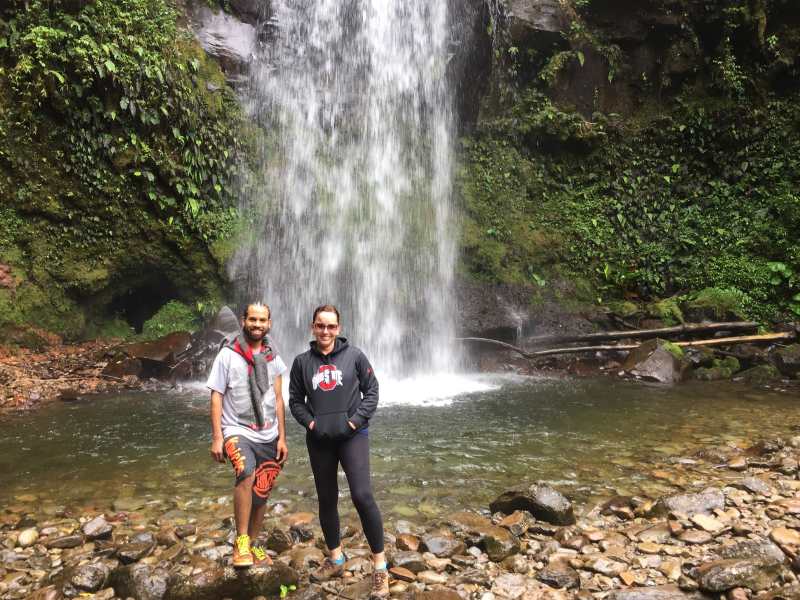
desktoglory.com 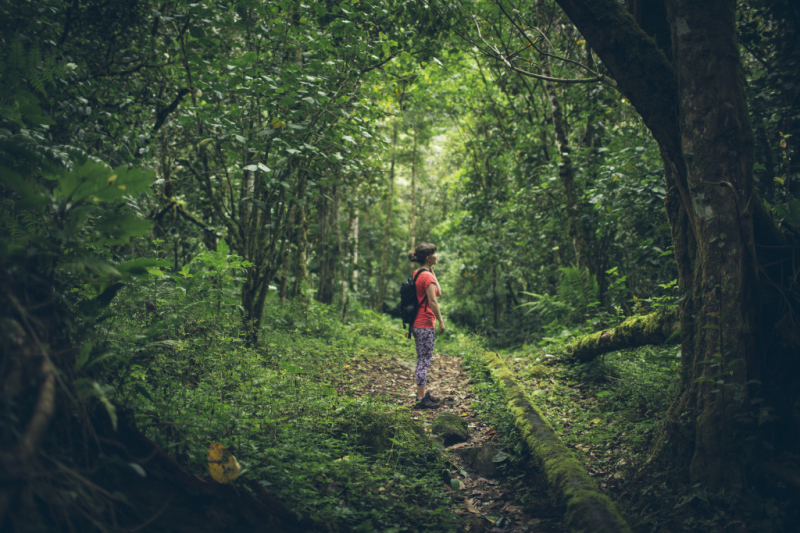
Pinterest -
A vacation to the San Blas Islands may be precisely what you're searching for if you want to step off the beaten path and experience some adventure. This area is known for its postcard-perfect islands with palm palms and crystal-clear water softly lapping the white-sand beaches. A sailboat rental is the most elegant way to explore these islands. Your skipper will create a journey across this wonderful region, stopping at breathtaking locations. The vessels are luxury catamarans, with tours lasting ranging from three to 21 days. Dining under the stars while the waves softly rock the boat is exquisite.
If your budget does not allow for a crewed catamaran, there are less expensive solutions. However, you should be prepared to channel your inner Robinson Crusoe because the lodgings are often primitive. The only option to stay on these gorgeous islands is to purchase a package with the indigenous Guna people, which includes transportation to, from, and around the islands, very primitive lodging, and three basic meals per day. This is a completely off-the-grid journey, so emotionally and physically prepare appropriately.
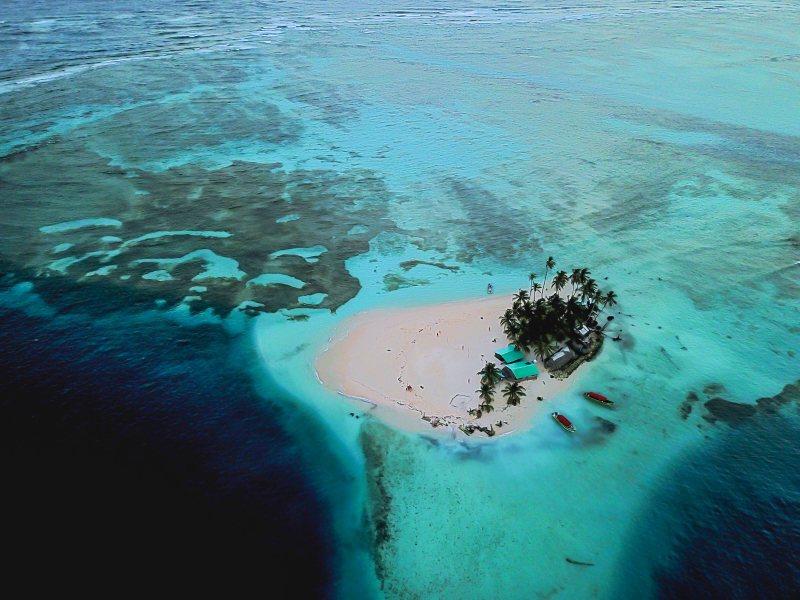
theloveandadventure.com 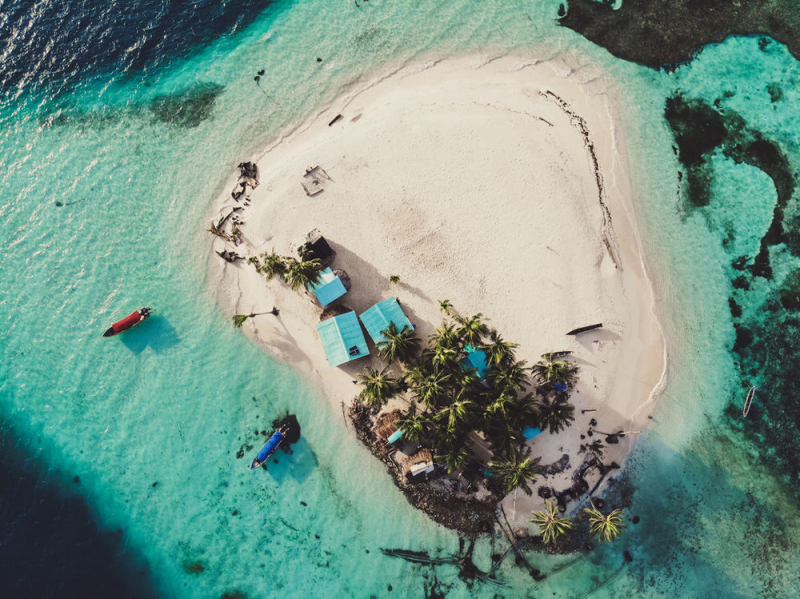
theloveandadventure.com -
Visiting the local swimming hole at Los Cangilones is one of the most enjoyable things to do near Boquete. Set at a lower height than Boquete, the climate is significantly warmer, and on hot days, there's a vibrant atmosphere with music, barbecues, and food sellers. Panamanian families go long distances to splash and jump in the refreshing river water. The river narrows into a canyon in this geologically unusual location before expanding up again in a small lake at the bottom. Daring adults and older children plunge off the cliffs into the gently flowing waters, float to the bottom, get out, and repeat the process.
Children and guests wanting for a gentler experience can walk into the shallow waters when the gorge widens up. The height of the walls varies, so it depends on how daring you are and how high you want to go. Don't be fooled, the walls are much taller than you may expect. The clean water underneath confuses your height calculation. Fortunately, lifeguards are on patrol and maintain a careful check on the jumpers to ensure they resurface. There is a nominal cost to access the park, and it is a short walk down to the river from the parking spots.
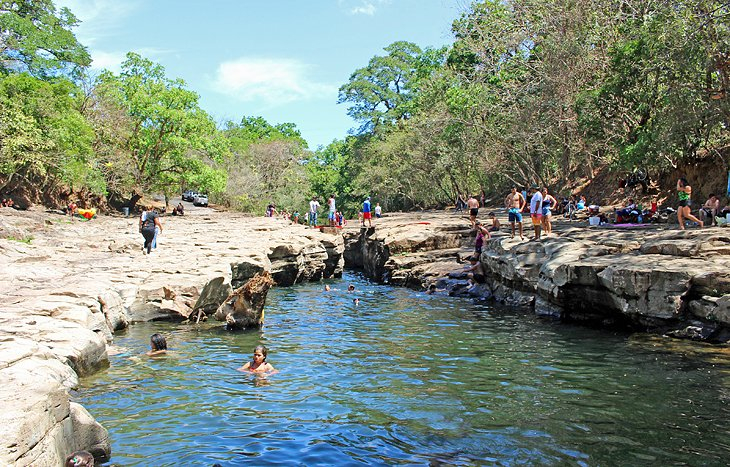
flickr.com 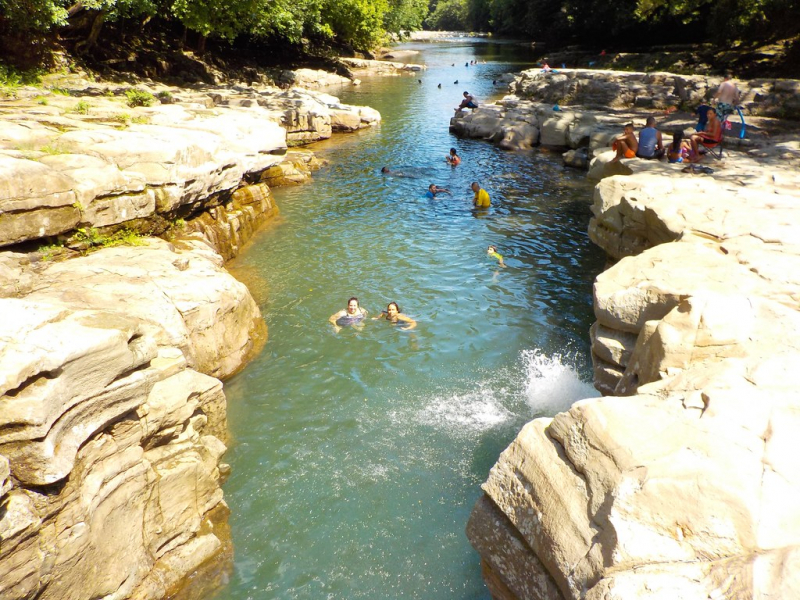
flickr.com -
Although it is not on most tourists' itinerary, Punta Chame is home to one of Panama's greatest beaches and the best site in the country for kiteboarding. This location is practically all about the beach, as it is located on a peninsula extending out into the Pacific Ocean. The sand here is practically limitless, and the sea is pleasant and shallow. This provides new kiters the distinct benefit of being able to stand up in the water and gather themselves while working with their kite.
From December through April, which is Panama's dry season, the winds generally side on shore and very steady. Several kite schools, including Machete Kite and Kitesurf Panama, are positioned at opposite ends of the beach and provide lessons. Along the Pan-American Highway, Punta Chame is roughly 1.5 hours from Panama City and about 20 minutes from Chame. You may find decent lodging in tiny luxury seaside hotels, or if you want to save money, there are various hostels in town. Punta Chame has an out-of-this-world air to it, and it is not a place to go for nightlife. The beach and kitesurfing are the center of attention, and for most visitors, this is the sole reason for visiting.
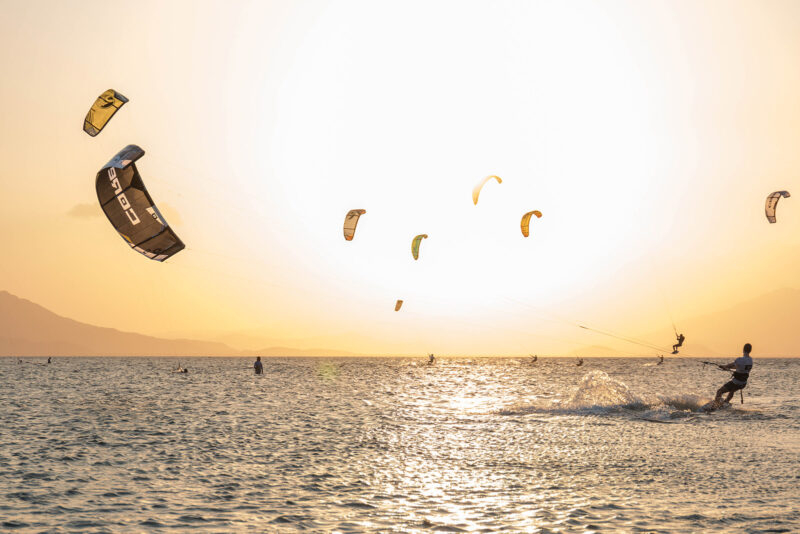
istockphoto 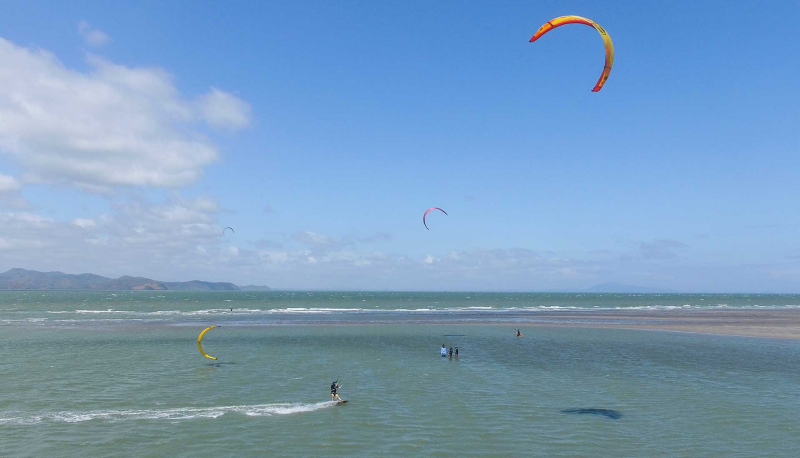
istockphoto -
The turnoff for the communities of Santa Fe and San Francisco is about two hours east of Panama City. This turn will take you away from the shore and towards the highlands, eventually leading to Santa Fe National Park. This is a relatively unknown location of Panama that is ideal for anyone looking to get off the main path. On the way to Santa Fe, you'll pass via San Francisco, a little town with a nice main plaza and one of the country's oldest churches, Iglesia de San Francisco de la Montana, which dates from 1727. This picturesque church is accessible daily until 4 p.m. but is closed during the lunch hour.
Balneario El Salto is a hidden swimming hole approximately a mile down the road. On hot days, the water pours over rocks into a tiny natural pool, and swimmers come with their inflatable donuts and other toys to cool down. Santa Fe, farther up the road, is a modest pleasant mountain town with some of the same traits as Boquete, but considerably smaller and less developed. Hiking, birdwatching, coffee plantation excursions, river tubing, and 4x4 driving are popular activities in the national park that may be easily organized.
You won't find as many restaurants as you would in Boquete, but you are more likely to have intimate interactions with local owners while you dine in their tiny enterprises. Because English is not frequently spoken here, knowing Spanish is a huge advantage. Santa Fe is located at a height of 1,500 feet, so it has a milder climate than lower regions and might seem like a welcome respite if you've just come from the coast. Be advised that practically all restaurants are closed on Tuesdays, and that from 3-6pm every day, a little no-see-um type insect emerges and feeds on exposed flesh. The bites aren't painful, but they do leave a lot of red patches that vanish by morning.
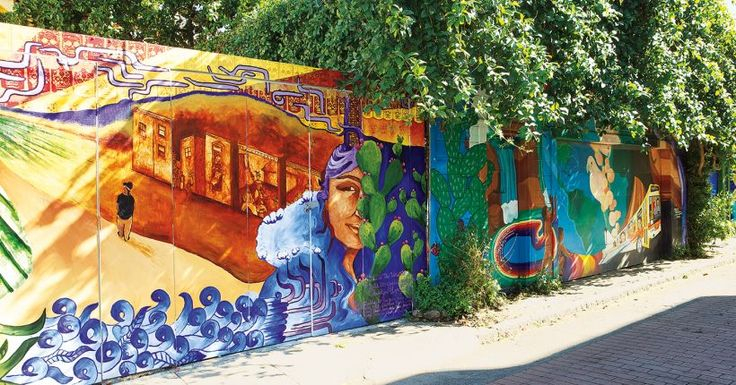
passportandplates.com 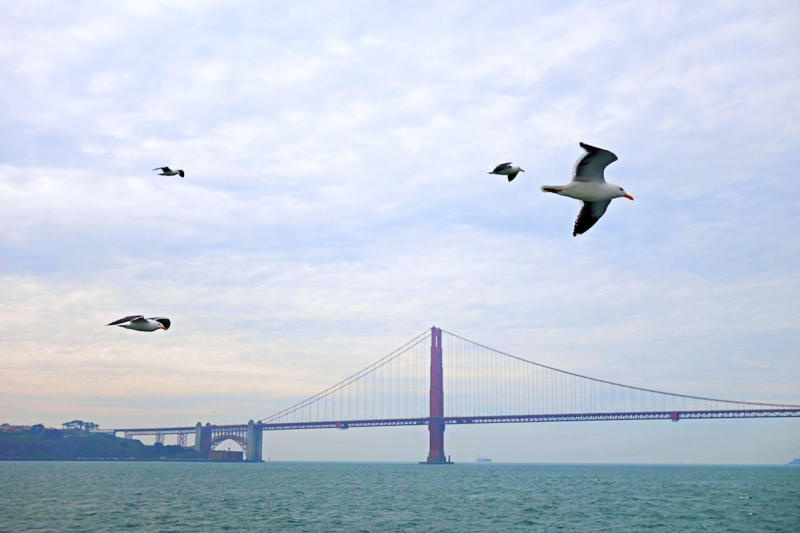
passportandplates.com













